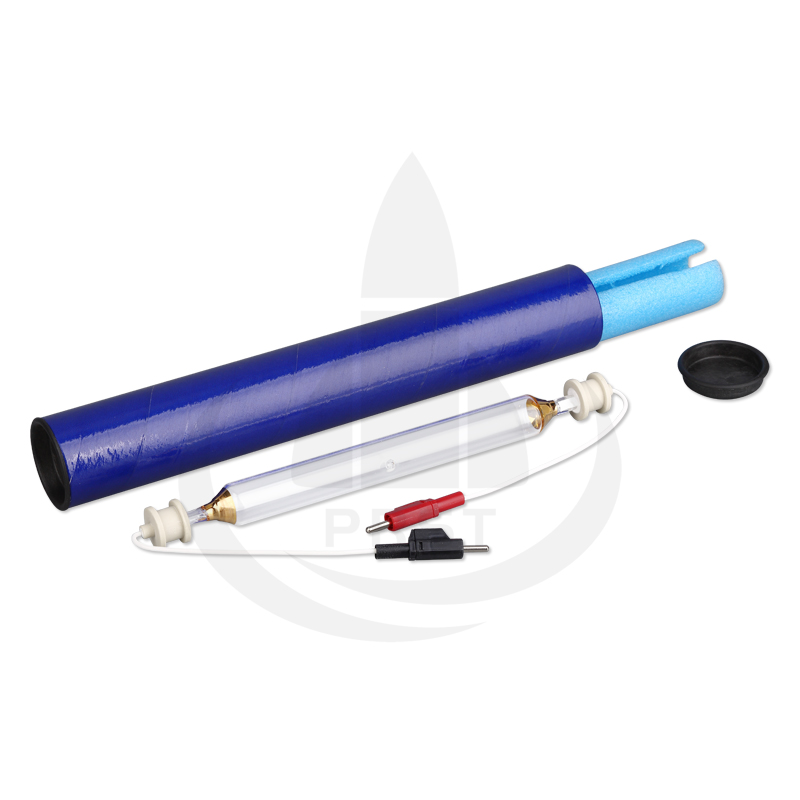Photocatalytic Oxidation

Photochemical oxidation degradation of pollutants typically involves changes in the atomic structure of pollutants (via bond energy alterations) under ultraviolet light excitation. Under the action of strong oxidants, organic pollutants are gradually oxidized into low-molecular intermediate products, with the ultimate conversion of organic pollutants into CO₂ and H₂O, while substances like SO₂ and NOₓ are transformed into SO₄²⁻ and NO₃⁻. UV-based solutions can be adjusted according to process requirements, encompassing diverse UV technologies that cover the entire spectrum, ranging from UV lamps to comprehensive solutions and supporting services.
Related ProductsPhotochemical oxidation features:
Strong applicability: photochemical oxidation can decompose most organic substances with C/H/O molecular structures;
Notable deodorization and odor removal effects;
Rapid reaction speed;
Low selectivity, independent of reactant concentration;
High treatment efficiency with no secondary pollution;
Modular design for easy installation and maintenance;
Low operational cost.
